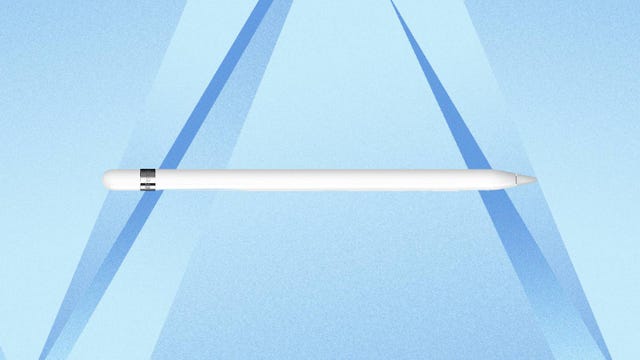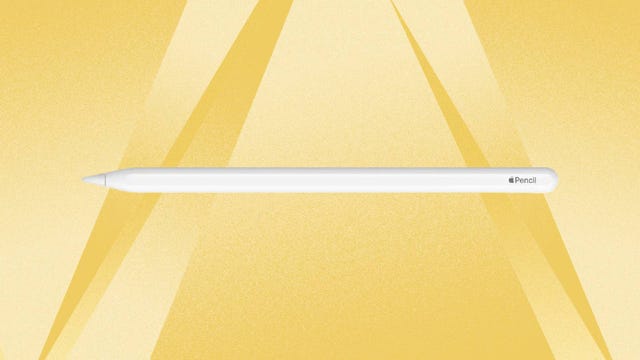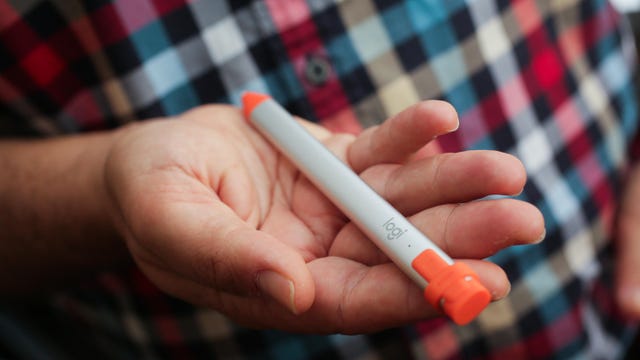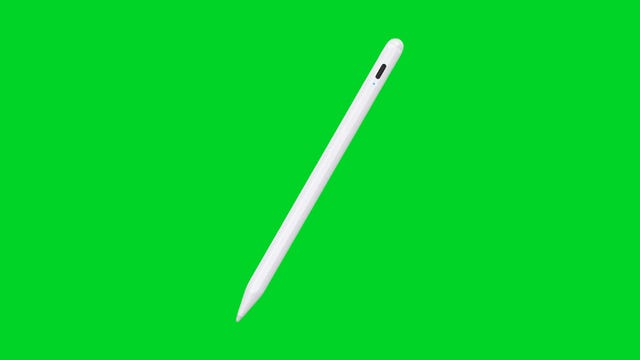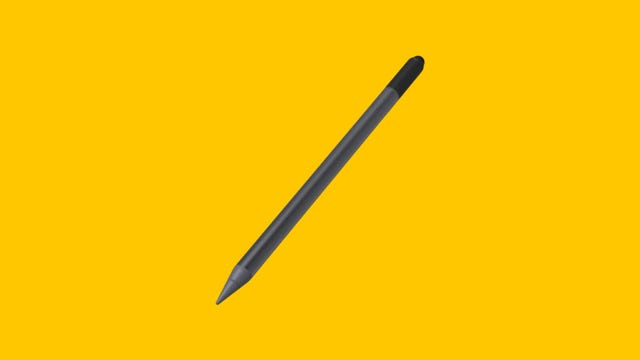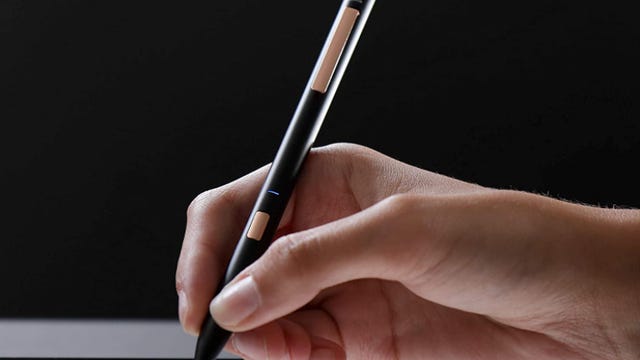Technologies
Best Apple Pencil Deals 2023: Save $15 on Apple Pencil 2
Need an Apple Pencil but don’t want to pay full price? We’ve got you covered.

Apple Pencil deals crop up fairly frequently, which is welcome news for iPad owners. Apple devices generally don’t go on sale all that often, but this useful iPad accessory has seen quite a few price drops, so there’s usually a good chance you can avoid paying full price for one.
Apple’s sleek stylus offers precise pressure sensitivity and is designed to pair seamlessly with Apple’s tablets for a fluid experience. This premium tech doesn’t come cheap, though, with prices starting at $99. That’s why we’ve scoured the web to bring you the very best Apple Pencil deals available so you can get one in your hands for less. We’ve also gathered up some of the best alternatives out there in case you’re looking for an even more affordable option.
Below is a current breakdown of the best Apple Pencil deals available right now, with a quick look at historic low pricing for both models.
Apple Pencil pricing 2023
| Model | Apple Store price | Best price right now | Best all-time price |
|---|---|---|---|
| Apple Pencil (1st gen) | $99 | $89 | $70 |
| Apple Pencil (2nd gen) | $129 | $114 | $85 |
Beyond the Apple Pencil, there are a few great Apple Pencil alternatives that are also worth considering, and there are frequent deals on those, which we’ve highlighted farther down the page.
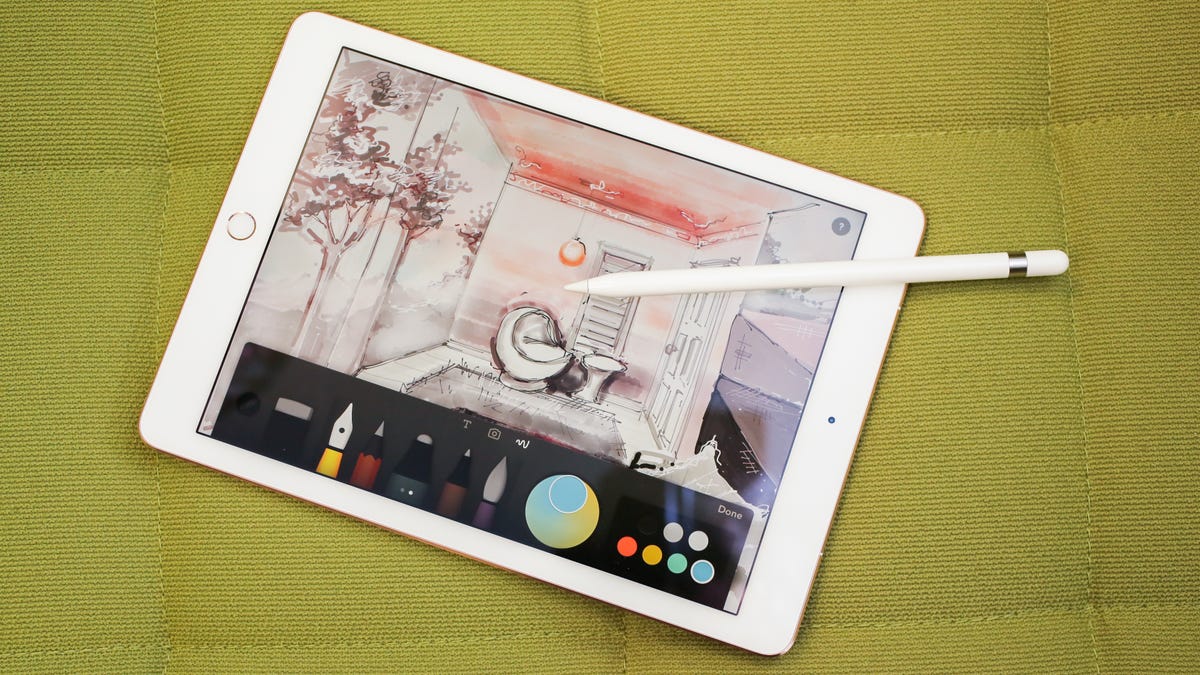
Best Apple Pencil (1st gen) deals
Apple’s first-gen Apple Pencil was originally released in November 2015 and has stuck around since then. At its debut, it worked only with the first iPad Pro model before support was added to subsequent models. It has a Lightning connector built into the end for charging the Apple Pencil right from your iPad and has a removable tip that can be changed out after your current one starts to get worn down.
The first-gen Apple Pencil is compatible with all pre-2018 iPad Pro models, the iPad Air 3, the iPad Mini 2019 and all base-model iPads since 2018. It’s also the one to get to use with the new 2022 10th generation iPad. Awkwardly, there are two versions of the first-gen Apple Pencil for sale at most retailers: one with a Lightning adapter and one with a USB-C adapter. Other than the adapter, the Apple Pencil is exactly the same, so the deciding factor between them is purely how you wish to charge the device back up. The USB-C version hasn’t been on the market as long and tends not to be discounted. Here are the best first-gen Pencil deals you can buy right now.
Amazon, Walmart and B&H all have the first-generation Apple Pencil available for $89 right now, which saves you $10 compared to the Apple Store price. It comes with the USB-C adapter, which is required to pair with the newest iPad model. We have seen it go as low as $70 in the past and deals dropping it under $80 aren’t too infrequent, so if you can hold off you might get a better price within the next few months.
Best Apple Pencil (2nd gen) deals
The second-gen Apple Pencil was launched in October 2018 alongside the third-gen iPad Pro, and while it may look similar on the surface, there are quite a few differences between the two models. One big difference is that the Apple Pencil 2 charges magnetically while attached to newer iPads, meaning there’s no Lightning connector. The design is slightly refined as well, with one flat side that’s used to charge and a sensor near the tip that enables double-tap features.
The second-gen Apple Pencil works with all 11- and 12.9-inch iPad Pros (2018 and later models), as well as newer iPad Air (2020 and 2022) models and the iPad Mini 6. Here are the best Apple Pencil 2 deals you can get right now.
A few retailers have the Apple Pencil 2 listed at $114 right now, which is $15 less than Apple charges for it. With regular price drops under $100 in the last six months, and the price falling as low as $85 just weeks ago, it’s hard to recommend nabbing one at this price unless you really need it right away. Chances are, steeper discounts will be coming down the pike.
Best cheap Apple Pencil alternatives
While the Apple Pencil offers one of the best experiences when paired with the iPad, it may not be the best choice for everyone. There are a number of cheaper Apple Pencil alternatives that you can take a look at. Here are some of the best ones that are on sale right now.
The Logitech Crayon works with just about every iPad out there, unlike the Apple Pencil, where you have to worry about which iPad model you have to ensure you buy the right one. It doesn’t have the fancy instant pairing or magnetic charging, but other than that it works very similarly to the Apple Pencil for a fraction of the price. It’s $10 off at Amazon right now.
This stylus is a great cheap alternative to the Apple Pencil if you want the overall style of the Pencil without the price tag. It has removable tips, can be turned on and off and even recharges via USB-C. It lists for $40, but you can grab select colors for as little as $25 right now at Amazon.
Zagg’s Pro Stylus also offers an Apple Pencil-like experience for less. It features palm rejection and tilt-recognition tech like Apple’s option, offers automatic pairing and even attaches magnetically to the side of your iPad Pro or iPad Air (though you’ll need to charge it via USB-C).
This stylus pen has a nice sleek design and offers a black option that Apple does not currently have for its Pencil models. It offers up to 12 hours of battery per charge, and a 4-minute charge can give you an extra hour of battery life. It uses Micro-USB for charging and can charge and write at the same time. There aren’t any discounts on this stylus at the moment, but it’s still a solid value at less than $50.
Apple Pencil vs. Apple Pencil 2: Which should you buy?
The decision here is simple: You have to buy the one that’s compatible with your iPad. Apple does not let you pick which Apple Pencil you want to use with which iPad. Instead, iPads are only compatible with a specific model of the Apple Pencil.
As outlined above, the original Apple Pencil works with the first- and second-gen 12.9-inch iPad Pro, 10.5-inch iPad Pro, 9.7-inch iPad Pro, iPad Air 3 and fifth-gen iPad Mini, and all of the base-model iPads since the sixth-gen model. If you have a newer iPad Pro, fourth- or fifth-gen iPad Air or the sixth-gen iPad Mini, you’ll need to opt for the Apple Pencil 2.
If you want to avoid this confusion, you can select from one of the non-Apple alternatives listed above, which generally have broader compatibility.
Technologies
What a Ban Would Actually Mean for DJI Drone Owners and Holiday Shoppers
What’s the secret to a very un-merry shopping season? A brand new, unusable drone.
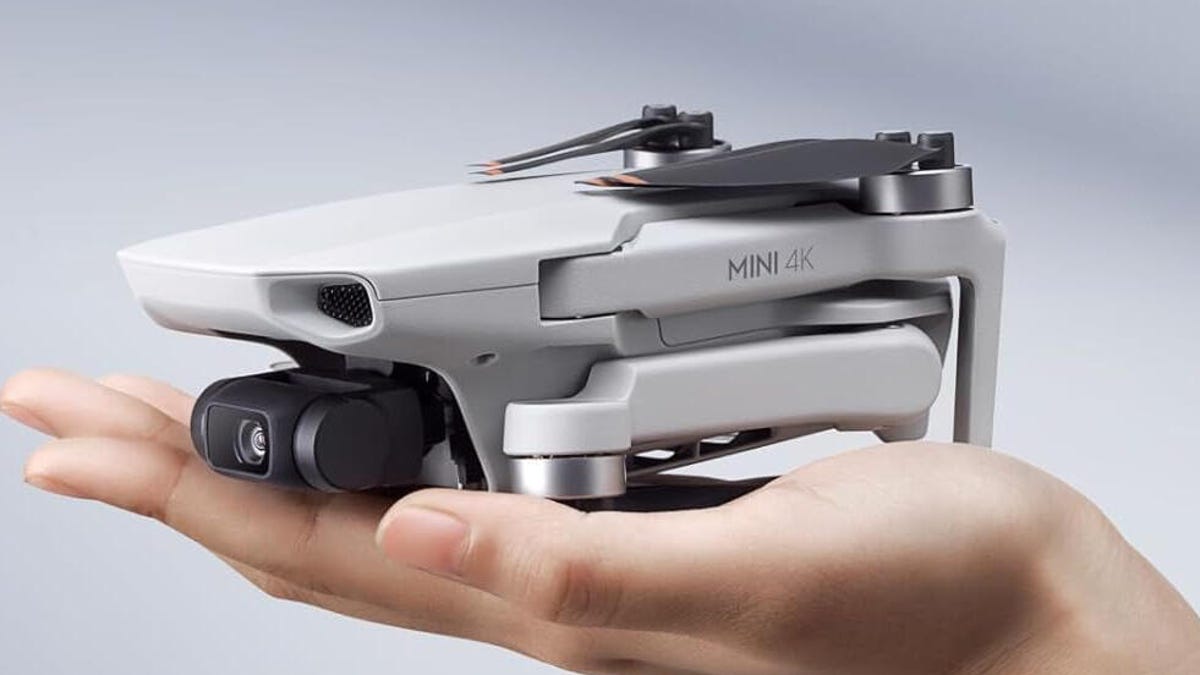
With Thanksgiving wrapped up and the Black Friday shopping sales here, if a DJI drone is on your holiday wish list, you might want to hit «buy» immediately. The company has issued a stark warning: Its drones could be banned from sale in the US, and the deadline is looming.
The Federal Communications Commission voted 3-0 at the end of October to «close loopholes» that allow tech deemed a «national security risk» to be sold in the US. In plain English, the US government is clearing the path to give DJI the same treatment it gave Chinese phone-maker Huawei, effectively banning its products from the American market.
The US government has deemed DJI, which is based in China, a security risk. It’s also considering a separate ban on TP-Link routers.
DJI is already sounding the alarm, posting on Instagram that a «deadline that could decide DJI’s fate in the US is just 43 days away» (now 19 days away). The company is warning that without an audit, its products could face an «automatic ban.» The US government has long labeled the Chinese drone maker a security risk, and it looks like the hammer might finally be coming down right before the holidays.
Don’t miss any of our unbiased tech content and lab-based reviews. Add CNET as a preferred Google source.
The vote isn’t the end of the road, however. Future bans would need to target specific products and would require a period of public consultation. But it appears the groundwork is being set for the FCC to block sales of future and some existing DJI drones from US shores, as well as products that use DJI technology.
The government has called for a DJI audit by the end of the year, but if that doesn’t happen, DJI drone products could be banned for sale by default under a national security law.
DJI asks for a security audit before any ban
A representative for DJI told CNET that while the FCC vote references a rule change that doesn’t currently apply to DJI specifically, the National Defense Authorization Act deadline in December would put Chinese companies like it on the FCC’s ban list, «without any evidence of wrongdoing or the right to appeal.»
Adam Welsh, head of global policy at DJI, said the company has repeatedly said it would be open to audit, but that «more than 10 months have now passed with no sign that the process has begun.»
«The US government has every right to strengthen national security measures, but this must go hand in hand with due process, fairness, and transparency,» Welsh said.
Welsh said DJI is urging the government to start the audit process or grant an extension.
Will DJI drone owners need to give them up?
Because the ban would apply to new sales, not drones that have already been sold, a DJI drone you already own would still be legal to use — at least under current rules.
Government agencies, however, are prohibited from purchasing or using drones from Chinese companies, including DJI.
DJI’s drones consistently rank high in their product category. In January, they dominated CNET’s list of best drones for 2025. But some of the company’s newest products, such as the DJI Mavic 4 Pro, haven’t been available for sale in the United States.
Even DJI products that are not yet banned may be hard to find. The website UAV Coach has posted a guide to the bans and reports that, due to inventory issues, most DJI drone models are sold out at retailers regardless of future FCC action.
Technologies
Today’s NYT Strands Hints, Answers and Help for Nov. 29 #636
Here are hints and answers for the NYT Strands puzzle for Nov. 29, No. 636.

Looking for the most recent Strands answer? Click here for our daily Strands hints, as well as our daily answers and hints for The New York Times Mini Crossword, Wordle, Connections and Connections: Sports Edition puzzles.
Today’s NYT Strands puzzle is a real puzzler. Some of the answers are difficult to unscramble, so if you need hints and answers, read on.
I go into depth about the rules for Strands in this story.
If you’re looking for today’s Wordle, Connections and Mini Crossword answers, you can visit CNET’s NYT puzzle hints page.
Read more: NYT Connections Turns 1: These Are the 5 Toughest Puzzles So Far
Hint for today’s Strands puzzle
Today’s Strands theme is: What a piece of work!
If that doesn’t help you, here’s a clue: You can build it in a shop.
Clue words to unlock in-game hints
Your goal is to find hidden words that fit the puzzle’s theme. If you’re stuck, find any words you can. Every time you find three words of four letters or more, Strands will reveal one of the theme words. These are the words I used to get those hints but any words of four or more letters that you find will work:
- CREW, REAM, LANE, WHEE, DELL, CANE, PULL, REVEL
Answers for today’s Strands puzzle
These are the answers that tie into the theme. The goal of the puzzle is to find them all, including the spangram, a theme word that reaches from one side of the puzzle to the other. When you have all of them (I originally thought there were always eight but learned that the number can vary), every letter on the board will be used. Here are the nonspangram answers:
- WHEEL, AXLE, LEVER, WEDGE, PLANE, PULLEY, SCREW
Today’s Strands spangram
Today’s Strands spangram is SIMPLEMACHINE. To find it, start with the S that’s three letters to the right on the top row, and wind over and down.
Technologies
Today’s NYT Connections Hints, Answers and Help for Nov. 29, #902
Here are some hints and the answers for the NYT Connections puzzle for Nov. 29, #902.
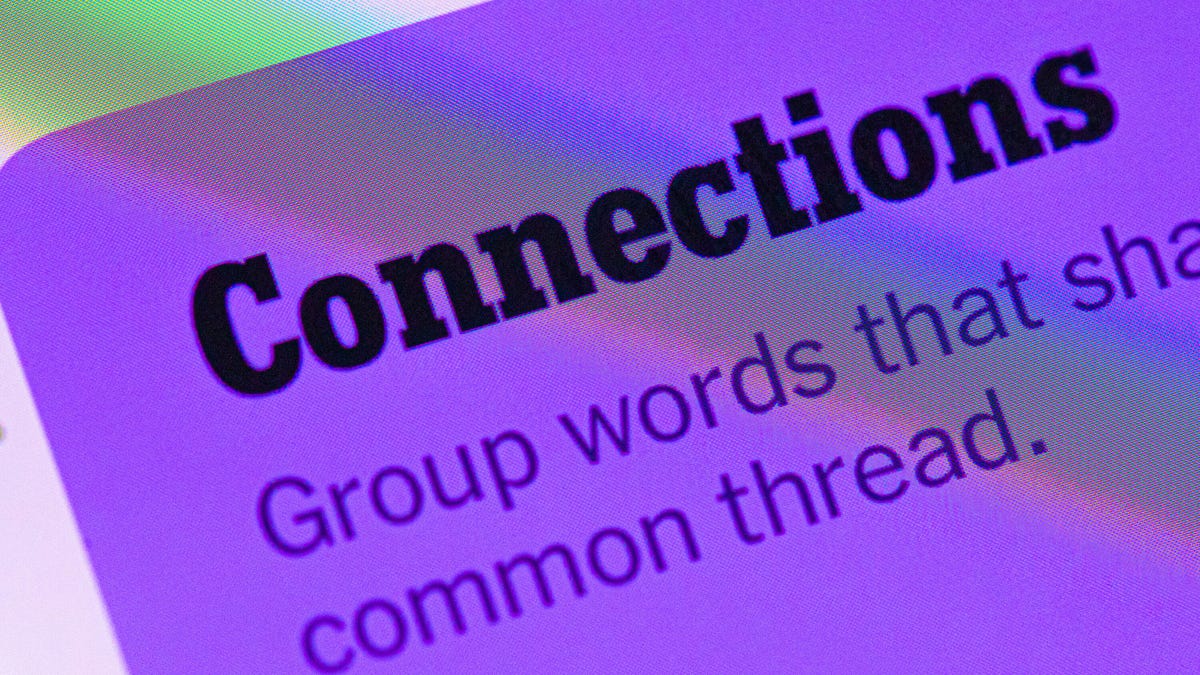
Looking for the most recent Connections answers? Click here for today’s Connections hints, as well as our daily answers and hints for The New York Times Mini Crossword, Wordle, Connections: Sports Edition and Strands puzzles.
Today’s NYT Connections puzzle is tough. If you need help sorting them into groups, you’re in the right place. Read on for clues and today’s Connections answers.
The Times now has a Connections Bot, like the one for Wordle. Go there after you play to receive a numeric score and to have the program analyze your answers. Players who are registered with the Times Games section can now nerd out by following their progress, including the number of puzzles completed, win rate, number of times they nabbed a perfect score and their win streak.
Read more: Hints, Tips and Strategies to Help You Win at NYT Connections Every Time
Hints for today’s Connections groups
Here are four hints for the groupings in today’s Connections puzzle, ranked from the easiest yellow group to the tough (and sometimes bizarre) purple group.
Yellow group hint: Middle of the body.
Green group hint: Fill-in.
Blue group hint: Nice place to hang out.
Purple group hint: Card game.
Answers for today’s Connections groups
Yellow group: Abdominal area.
Green group: Replacement.
Blue group: Park staples.
Purple group: Blackjack terms.
Read more: Wordle Cheat Sheet: Here Are the Most Popular Letters Used in English Words
What are today’s Connections answers?
The yellow words in today’s Connections
The theme is abdominal area. The four answers are core, midsection, torso and trunk.
The green words in today’s Connections
The theme is replacement. The four answers are backup, cover, relief and substitute.
The blue words in today’s Connections
The theme is park staples. The four answers are bench, pigeon, statue and tree.
The purple words in today’s Connections
The theme is blackjack terms. The four answers are bust, hit, split and stand.
-

 Technologies3 года ago
Technologies3 года agoTech Companies Need to Be Held Accountable for Security, Experts Say
-

 Technologies3 года ago
Technologies3 года agoBest Handheld Game Console in 2023
-

 Technologies3 года ago
Technologies3 года agoTighten Up Your VR Game With the Best Head Straps for Quest 2
-

 Technologies4 года ago
Technologies4 года agoBlack Friday 2021: The best deals on TVs, headphones, kitchenware, and more
-

 Technologies4 года ago
Technologies4 года agoVerum, Wickr and Threema: next generation secured messengers
-

 Technologies4 года ago
Technologies4 года agoGoogle to require vaccinations as Silicon Valley rethinks return-to-office policies
-

 Technologies4 года ago
Technologies4 года agoOlivia Harlan Dekker for Verum Messenger
-

 Technologies4 года ago
Technologies4 года agoiPhone 13 event: How to watch Apple’s big announcement tomorrow

